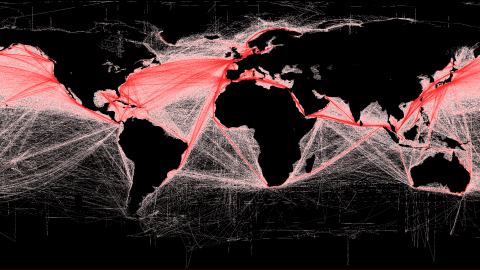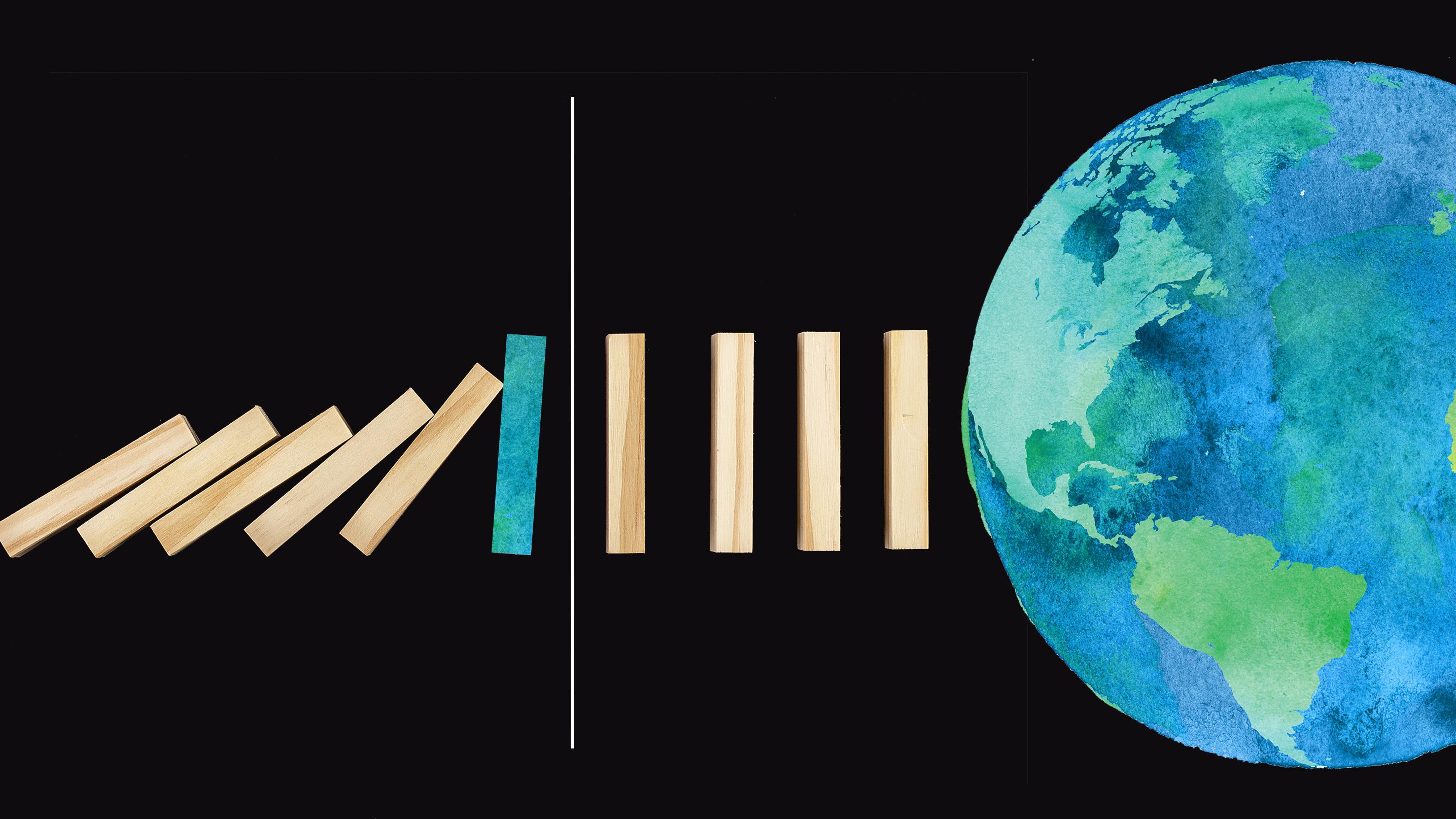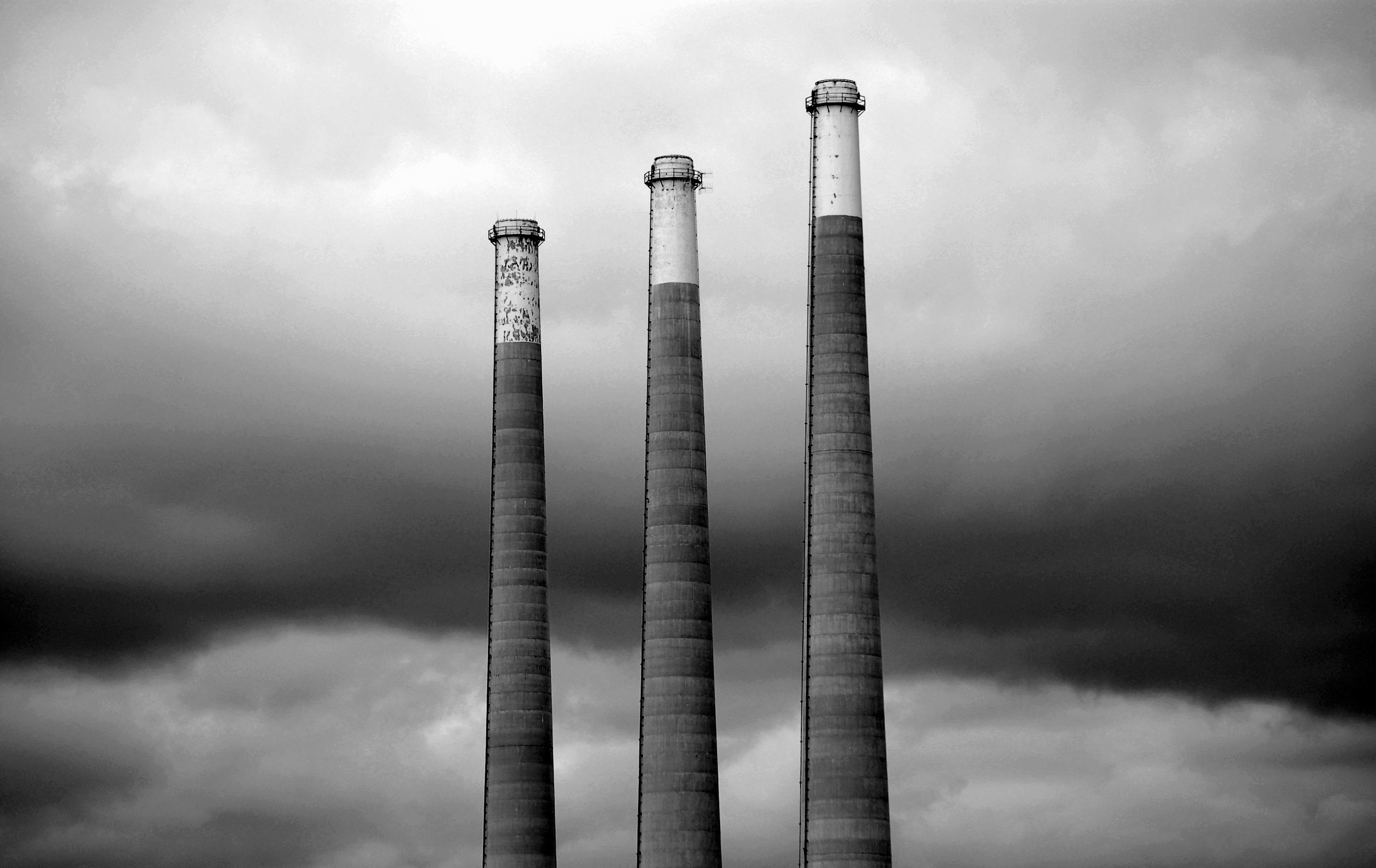Climate change’s impact on the internet

The underlying physical architecture of the internet is at risk due to the coming sea-level rise wrought by climate change. In a recently published paper from Paul Barford, Carol Barford, and Ramakrishnan Durairajan from the University of Madison-Wisconsin and the University of Oregon, the authors note that “4,067 miles of fiber conduit will be under water and 1,101 nodes (e.g., points of presence and colocation centers) will be surrounded by water in the next 15 years.”
That means that “communication infrastructure in New York, Miami, and Seattle, respectively, are at highest risk.” And though the authors are quick to note that “we find that the risks over longer time scales do not increase significantly,” that should not detract from the salient point that — if no change is made in the next 15 years — data centers (which house servers, routers, and other equipment), landing stations for underwater internet cables, and internet exchange points (which makes the querying process and process by which you receive information in return faster and more efficient) could be exposed to sufficient enough continual water damage that they could cease to function, nor should it distract from the variety of internet architecture that exists in different coastal communities. 
There are 43 data centers in New York City the study identifies — but there are also 43 ‘long haul’ cables running through New Orleans that are worth ‘future-proofing’ as well (along with other areas of interest. (And, note: when you think of a ‘long haul’ cable, think of the telephone lines that cross the country that enable you to make a phone call from anywhere in the country — but then switch that analogy over to the internet.))
Current strategies to preserve communication architecture in the face of climate change includes — per one of the paper’s recommendations — potentially incorporating problematic networks into already existing infrastructure. The writers also see worth in checking to see what sort of impact something like a seawall can have on preserving the already existing infrastructure of the internet. Indeed, it does not seem to make sense to wait until the waters rise and cables fail and our only available path of response is to deploy cell on wheels and cell on light trucks as a way of ensuring that our communication networks remain secure. The expensive world of reactive ad hoc measures can be avoided if further steps are taken now.





